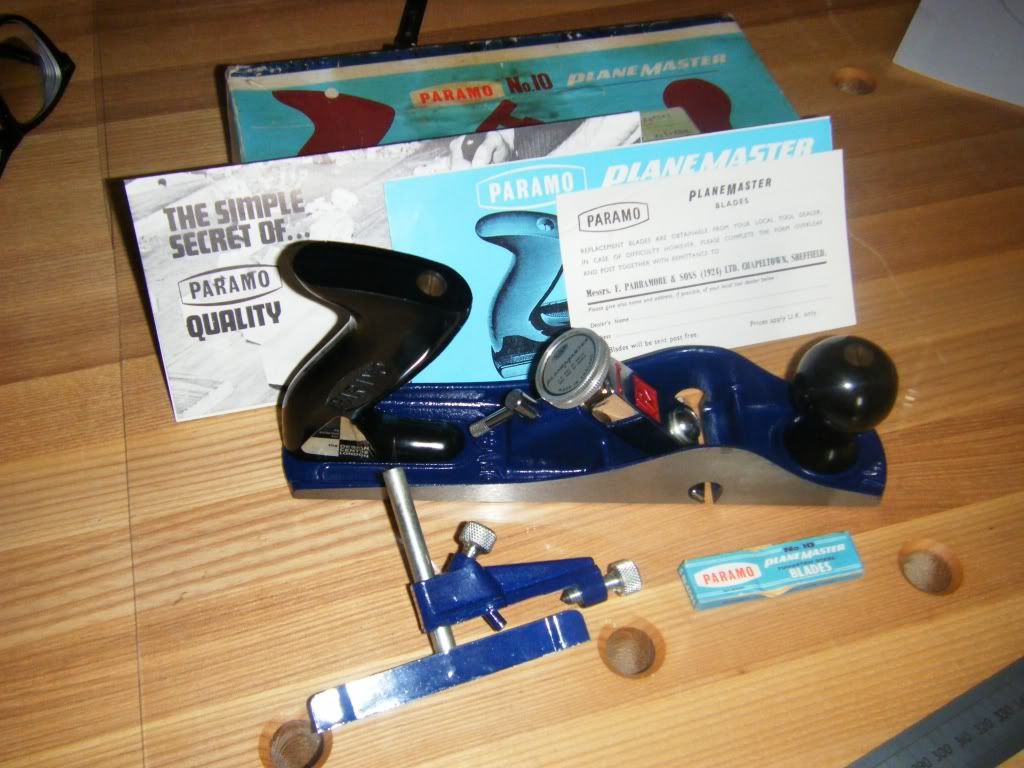sdbranam":3g9cbn6u said:
Hi Mark,
In 30 seconds and back to work, how many grits are you going through? Do you ever end up going back and doing more grits? How often do you do either of these? Are you chasing the bevels back and forth, honing the secondary bevel back several time before you have to reshape the primary bevel back up to the secondary bevel, or do you follow some other practice?
Any other points of interest in your freehand honing? I'm always curious about how different people choose to hold their blades, what motion they use on the stone, how many stones they use, how long on each, how they do periodic maintenance differently from major resharpening, to srop or not, etc. I see on your website and blog you're using pretty hard woods, so clearly you have a need for good effective edges.
If I only go back a couple grits for a quick stop maintenance break, I'm only spending about 30 seconds. Here I showed a full sequence, a complete resharpening.
I do the least amount of sharpening I can for the job at hand. I confess that when I was younger I would spend more time on the stones, but I'm not sure if it was an ego thing like "my chisels are sharper, therefore I must be a better cabinet maker than you" or some such rubbish.
For general work with my native hardwoods there is no need to spend time sharpening on lots of different grits, I use a fine DMT and hold the iron/chisel 90° to the length of the stone, give it a couple or three swipes then get shot of the wire edge. I guess this is the minimalist sharpening approach.
I also have spare irons so I can swap to a new one and carry on working, and not do any sharpening. If I have a piece of timber with difficult grain, I will spend more time sharpening, perhaps two or three swipes on a finer stone. I have no idea what grit they are, its a red DMT, and a piece of slate..I think its quite soft, well I know it is judging by the gouges down one side. I have got some bits of paper that are stuck to a board that I got free with a tool purchase once, they do give a very polished edge, but feel there is no need to go that far with the timbers I use. If I'm using an oilstone (and I only use one for planes) then I move the iron all over the stone, but still at 90°. I re-grind occasionally when there is a need too, but wouldn't do this by hand. My bevels are flat, or there are two points of contact when just re-ground.
I realise that you are going through the whole process of primary bevel then secondary so the process is longer especially explaining it at the same time, but still think you are spending more time sharpening when you could be working. This is all just my opinion and I am wrong often, but Give the 90° thing a go, I find it fast and effective and it works for me. Are my tools blunt, no, they are sharper than yours.
See, there's that ego thing again, seems to be the root of most sharpening discussions.




































